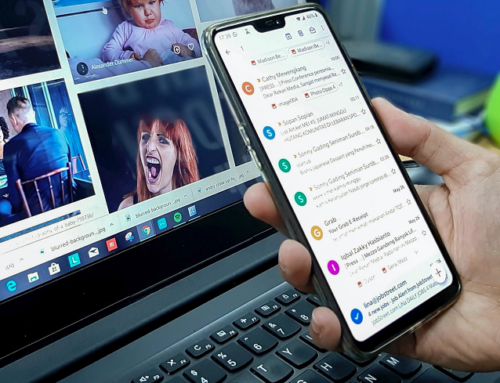The people you see walking around with their eyes glued to a smart phone are most likely not speaking with someone or reading an email. Odds are they are reading and responding to a Short Message Service (“SMS”) text message. If your accounts receivable collection efforts rely on phone calls, emails and letters, you need to consider how successful these tools are in reaching your customers.
Remember, successful collection of accounts receivable is directly correlated with your ability to contact customers. A large percentage of your customers probably use SMS text messaging as their preferred method of communication. So if you want to communicate with your customers, you need to add the ability to text message to your collection tools.
SMS text messaging is the newest – and best – way to collect your accounts receivable compared to other communication tools. Here are some of the reasons why text messaging is more effective in communicating with customers.
Email is probably the most effective and least costly of the legacy tools used in collecting accounts receivable.
The pros of using emails include:
- Emails can be automated to be sent based on selected criteria such as days past due.
- Copies of invoices, account statements and other documents can be attached to emails.
- Emails can include a link to a self-service online payment portal, making it easy for your customers to pay on the spot.
- Using automated emails is relatively inexpensive and requires little time to set up.
Despite the many pluses of using email, an overriding negative offsets all the possible benefits. The negative is that emails are simply not opened by the vast majority of recipients. If an email is not opened, you have not completed the communication with the customer.
PHONE CALLS
Direct personal communication with a customer can be very effective in helping to collect accounts receivable, and it is one more point of contact that can help to build customer relationships.
The problem with phone calls is that they are rarely answered. The overwhelming majority of people don’t answer phone calls for a variety of reasons. They may not want to take the time to speak with someone, or want to avoid a collection call. Leaving a voice mail when a call is not answered doesn’t usually help, because many people have full voice mailboxes.
Phone calls can also be a relatively expensive and time consuming way of trying to reach customers, particularly when many calls are never answered.
LETTERS
Aside from being relatively expensive and time consuming, letters are rarely read. And, if they are read, they do not have a link to facilitate immediate payment.
SMS TEXT MESSAGING
Text messaging is the newest – and best – way to collect your accounts receivable because nearly all text messages are read. In addition, text messages have additional benefits such as:
- Ability to add a payment link
- Copies of invoices, account statements and other documents can be attached.
- Can be scheduled for automatic messaging
- Relatively low cost
The bottom line is that you need to include text messaging in your arsenal of collection communication tools. Many customers have switched to text messaging. If you want to reach your customers, you also need to start using text messaging.
Automated accounts receivable and collection software with SMS text messaging capability is available from Lockstep Collect, a leader in cloud-based and premises based software solutions made specifically for businesses selling on credit terms.
If you would like to learn more about how you can benefit from SMS text messaging, please contact Lockstep Collect at www.lockstep.io.




